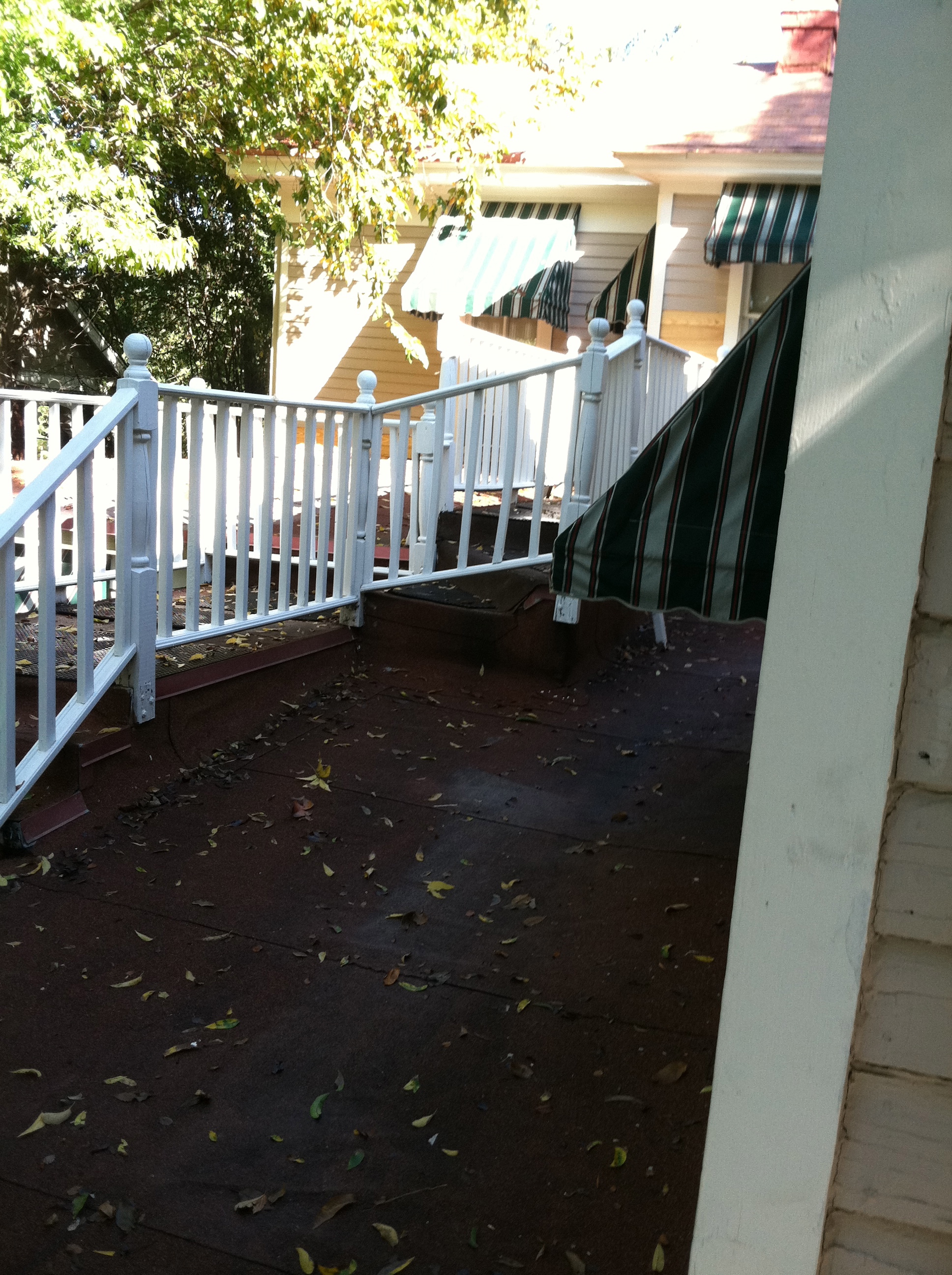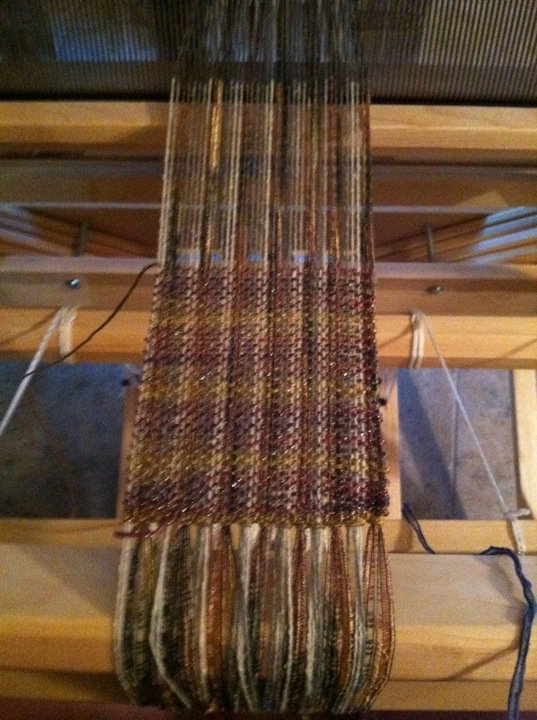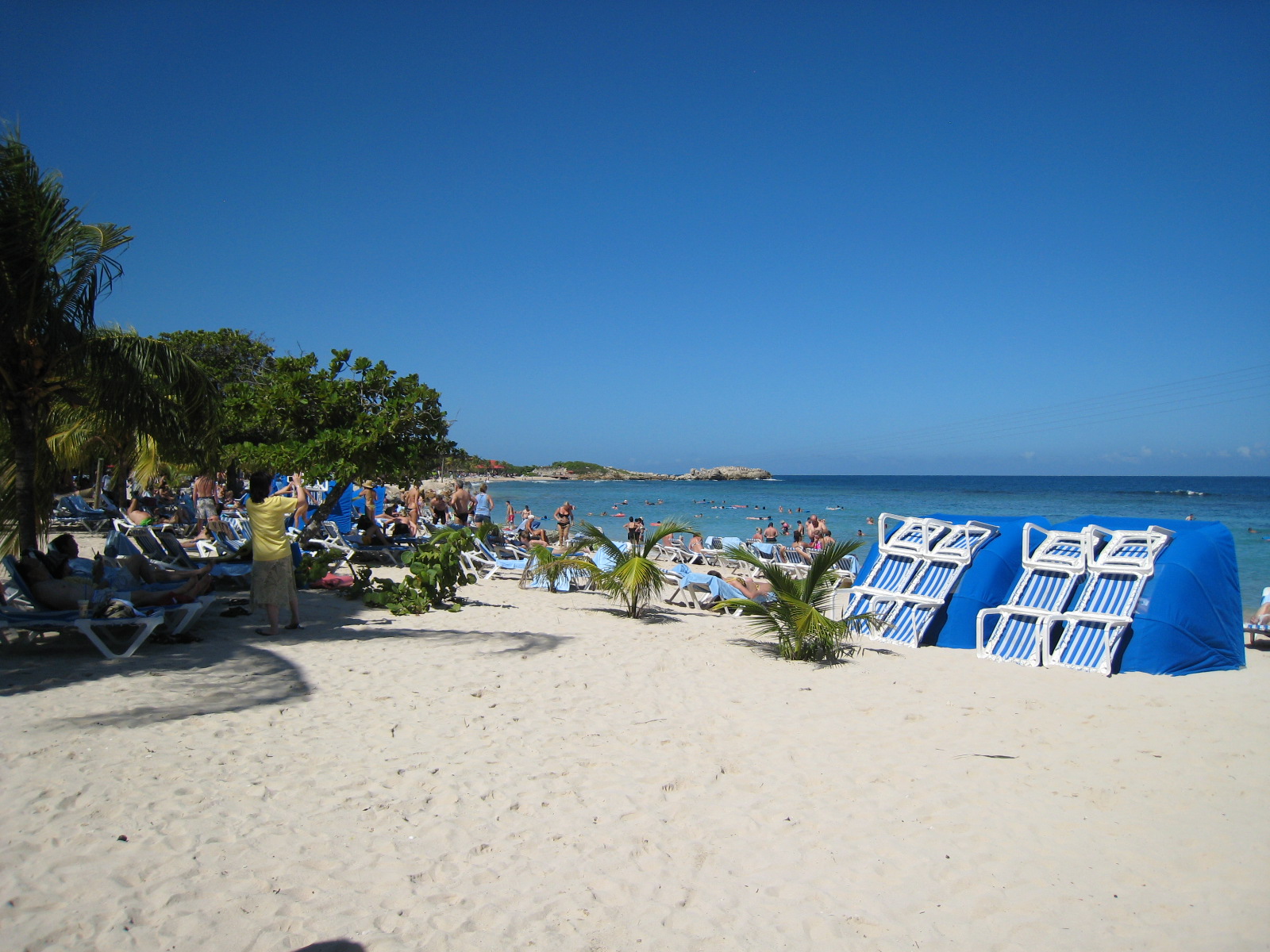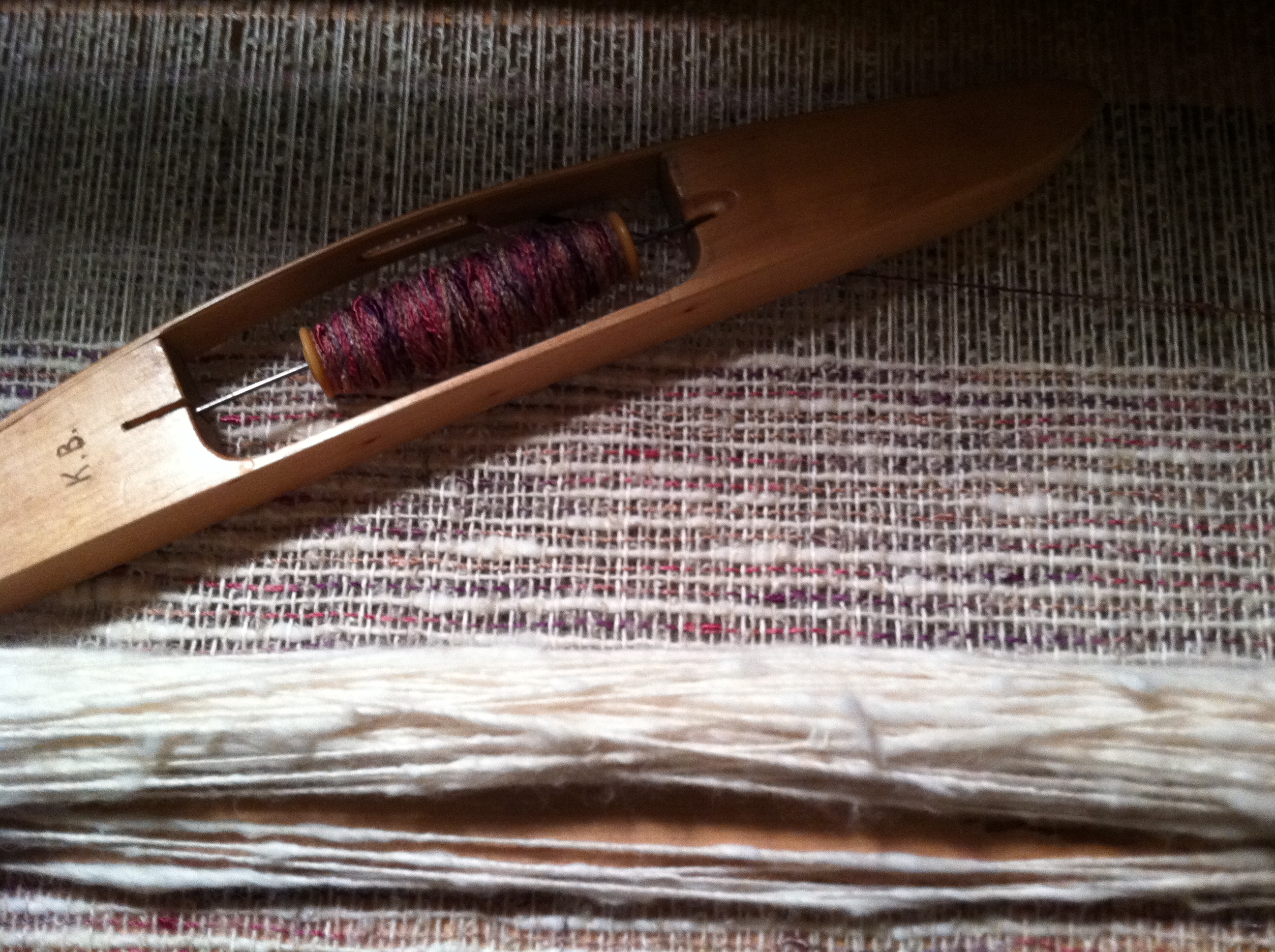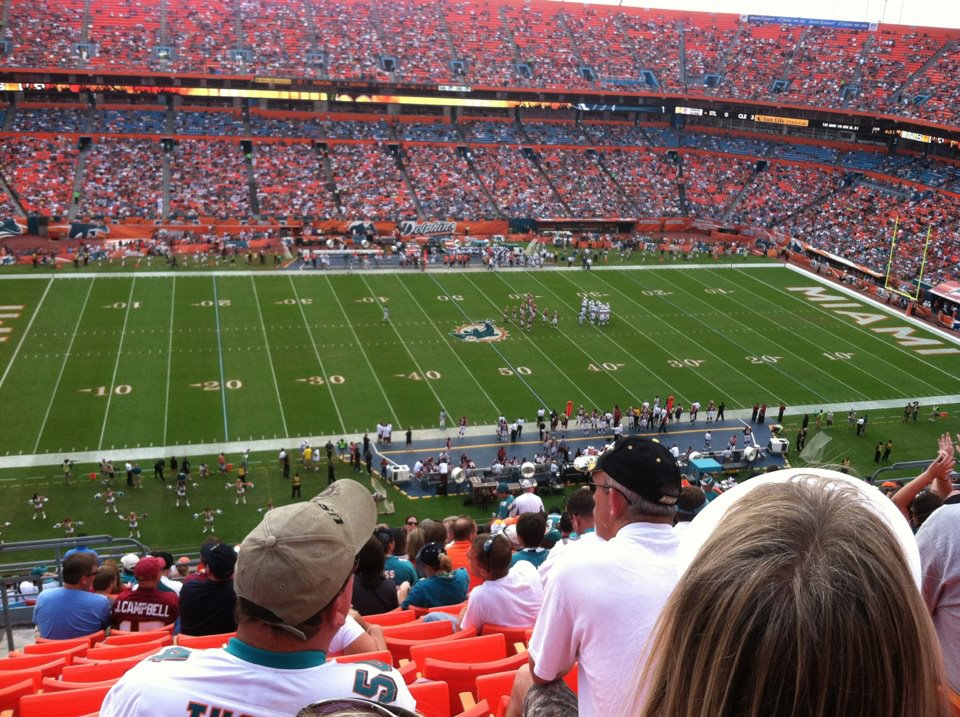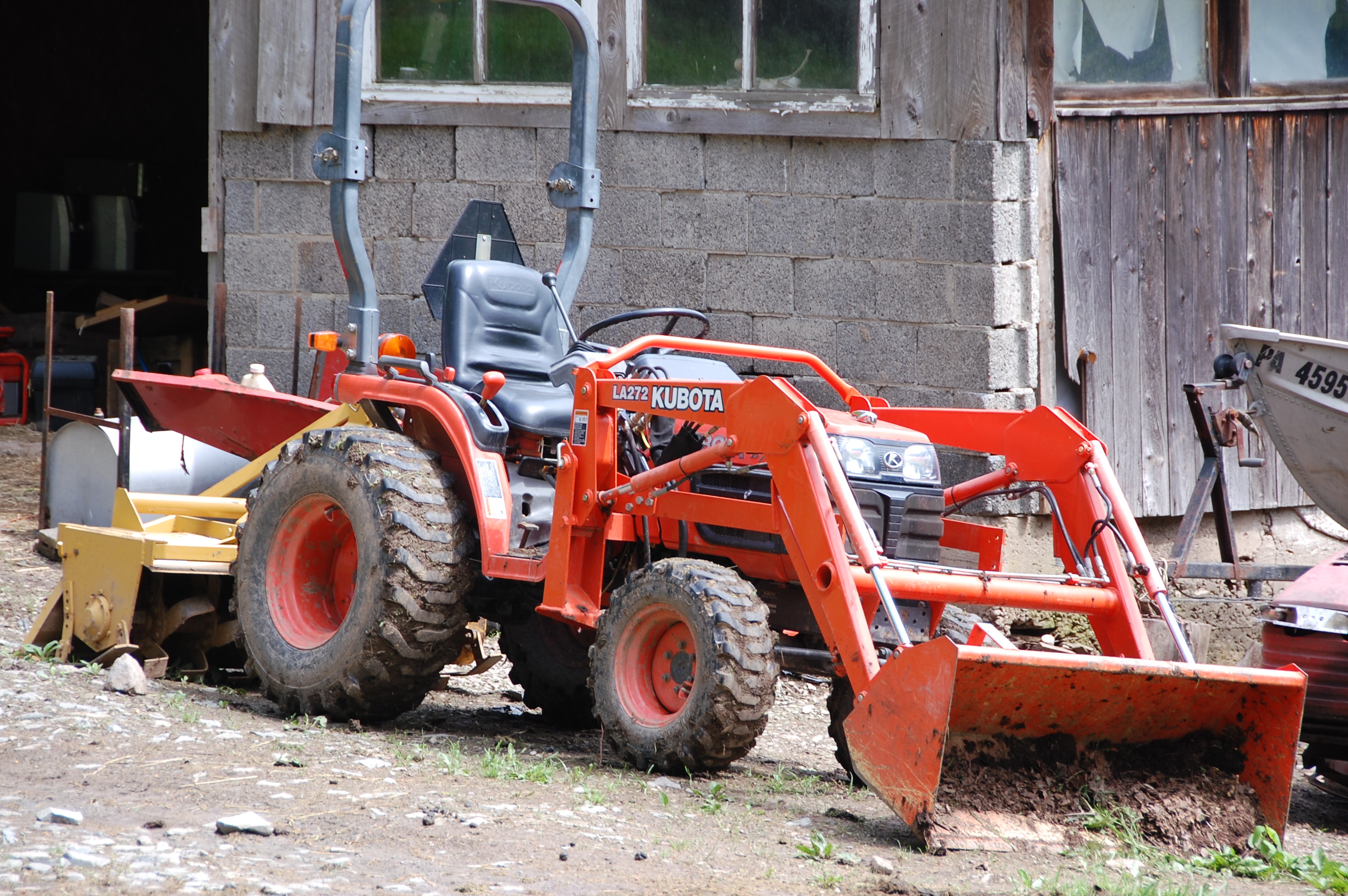 “The caregiver’s journey is different. It does not proceed from stage to stage in a neat fashion. It is definitely not linear. It feels like we are going around in circles, thinking we have resolved a crisis only to have it return or be superseded by a different, unexpected crisis…A maze creates chaos. A labyrinth orders chaos. We cannot get lost. However, the path is not visible, nor is it predictable—and that reflects our journey as caregivers.” — Gail Sheehy from Passages in Caregiving
“The caregiver’s journey is different. It does not proceed from stage to stage in a neat fashion. It is definitely not linear. It feels like we are going around in circles, thinking we have resolved a crisis only to have it return or be superseded by a different, unexpected crisis…A maze creates chaos. A labyrinth orders chaos. We cannot get lost. However, the path is not visible, nor is it predictable—and that reflects our journey as caregivers.” — Gail Sheehy from Passages in Caregiving
Labyrinths are found in many cultures dating back to 3500 BC. Unlike a maze, the labyrinth is unicursal, (relating to or denoting a curve or surface that is closed). It has a single path leading to the center with no loops, cul-de-sacs or forks. Modern “pilgrims” walk the labyrinthine path as one of many tools to enhance prayer, contemplation, mediation, and/or personal growth. (from: ChartresLabyrinth)
Well, right off the bat, we know that we will indeed encounter many forks in the road with regards to our decisions for treatment and other collateral areas of our life that may or may not need small or large changes. Things like this doctor or that. This treatment or that. Retiring, going on disability, moving forward with a direction or plan we were embarking on at the time of diagnosis, or abandoning it. But overall, I like this labyrinth analogy. I like it a lot. We cannot see what’s up ahead. We have to have faith that if we stay on the path it will get us to the center, whatever that may be for each of us. It will lead us out. We will be different.
As children we can probably remember opportunities to run through a maze or a labyrinth. Wasn’t it fun? We had no idea where it was taking us and we didn’t care. We generally were racing a friend or sibling to the end as quickly as we could and then we’d do it again.
Our caregiving labyrinth isn’t a race and we aren’t exactly having a rip roaring afternoon. Gail Sheehy suggests that our first entrance into this labyrinth is one of “Shock and Mobilization”. We are thrust into it with that phone call, visit to the doctor, traumatic event that leads us to our diagnosis.
When I begin our story, Dave’s and mine, my first line is, “So. How did they find your myeloma?” Each of us has a story. The one that thrust us into the labyrinth. While in the labyrinth, pieces of our life outside of it are slowly or quickly falling away and it’s as if the labyrinth is sitting on top of something high off the ground and we cannot begin even the remotest thought of climbing down until we find the center, (or the elevator!).
I often say, for those newly on this myeloma road – TAKE A BREATH! Gail Sheehy says similar things. Take a moment. Close your eyes. Do some deep breathing. Meditate. Find something to have gratitude for. Easier said than done, but she’s absolutely right on the money. If you don’t, you won’t see the forest through the trees, as they say. Your world as you know has dropped off a cliff and you are standing alone on a small piece of what’s left and it’s not exactly the piece you would have liked to keep. You need to have faith in your abilities, begin to gather up your “team” if you will. Family, friends, strangers, tools, to help you as you begin to negotiate this part of your labyrinth. Truth is, I think Ms. Sheehy is right to call them the Eight Labyrinths. Imagine eight labyrinths on a fairly large area (this is sounding a tad better now, bigger real estate!). Labyrinth One is only the first one you need to negotiate. As you arrive at it’s center, you have done this task. You have gotten past the shock and you have mobilized. Good job! Take a moment to embrace your success, and forgive yourself for any missteps you may think you have taken on your path. You are stronger now, this step is done (but may present itself again, though you are more prepared now). Imagine that as you move from the center of this labyrinth and triumphantly come out of it, it is leading you into the next Labyrinth. Right this moment, I wondering if the next labyrinth will be more complex?
I’ve heard and read where many in Myelomaville, caregivers and patients, say that “its not a sprint it’s a marathon.” Ms. Sheehy alludes to this as well. I agree. This is good and bad. The bad news is, its a long haul. The good news is, you can stop all along the way and get sustenance. You can walk, run, jog, all of the above. You can have friends and family join you on this marathon and you will meet others doing the same thing. I know that many of us have different experiences. These are analogies. You can take from them what you wish.











